This couple of flutes is composed by a flute with blue stem and foot and amber bowl and the other one with amber stem and foot and green bowl
H: 17,5 cm
PRICe indicated is for the couple
Availability: 6+6 for o total of 12 flutes
Each of these flutes has been handcrafted so please do NOT put these flutes in the dishwasher!
Lampworking can be considered, related to the process which occurs in the furnace, the other major branch of Murano techniques referring to the glass.
It is an operation mostly solitary, during which the craftsman or artist is face to face with the vitreous material to which is ideally and practically connected via the flame of the torch - also called “Cannello” - he's using.
It is a working method of ancient origin, evolved from century to century, decade by decade, supported by technological inventions developed gradually over time. The name itself reveals the beginnings: the heat necessary to melt the glass was obtained from the flame of a candle lampfed from the air conveyed by a bellows activated by foot. Through the years this simple instrumentation has been replaced by a metallic tube connected to a propane or methane gas cylinder, nowadays mostly reinforced by oxygen emissions for increasing the temperature of the burning beam that is directed onto the glass.
The two main strands of the lampworking technique are structured on two different types of glass: borosilicate glass, harder and more durable material that requires more heat to be worked, and the Murano glass, composed of sodium and calcium, more ductile, with a longer tradition and far more widespread in the island laboratories.
Both the processing based on the two types of glass involve the construction of objects through the development of filled and blown bodies. Regarding the creation of filled bodies the range of items that can be extracted from the vitreous mass is huge, and has as main limitation the artist's creativity


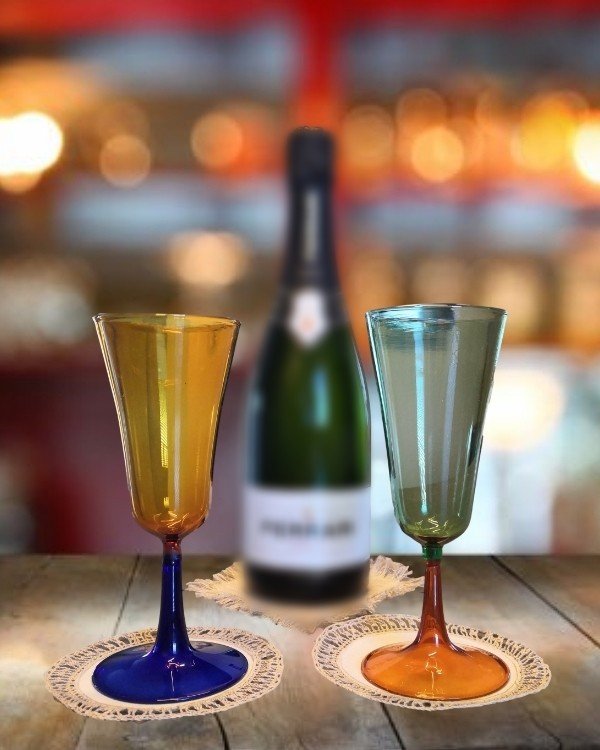

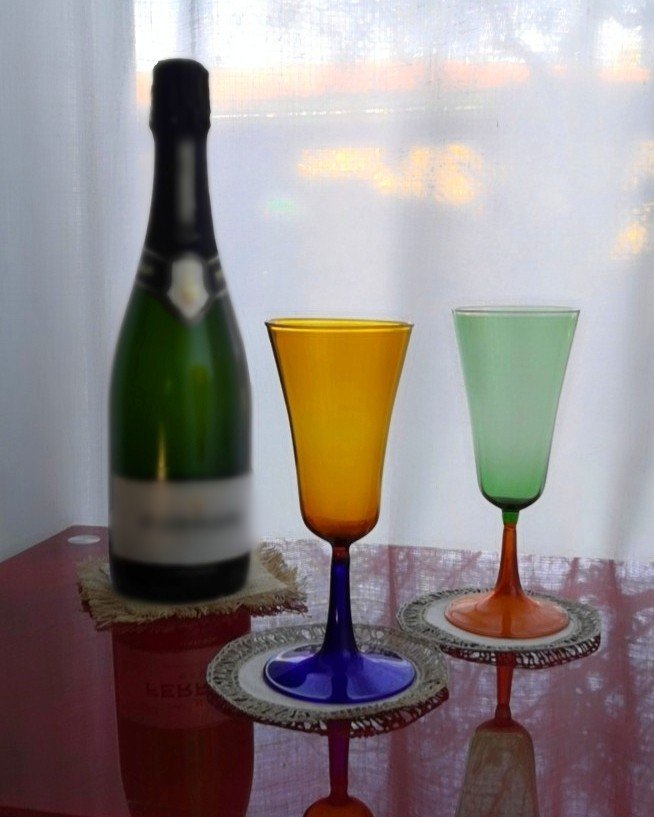

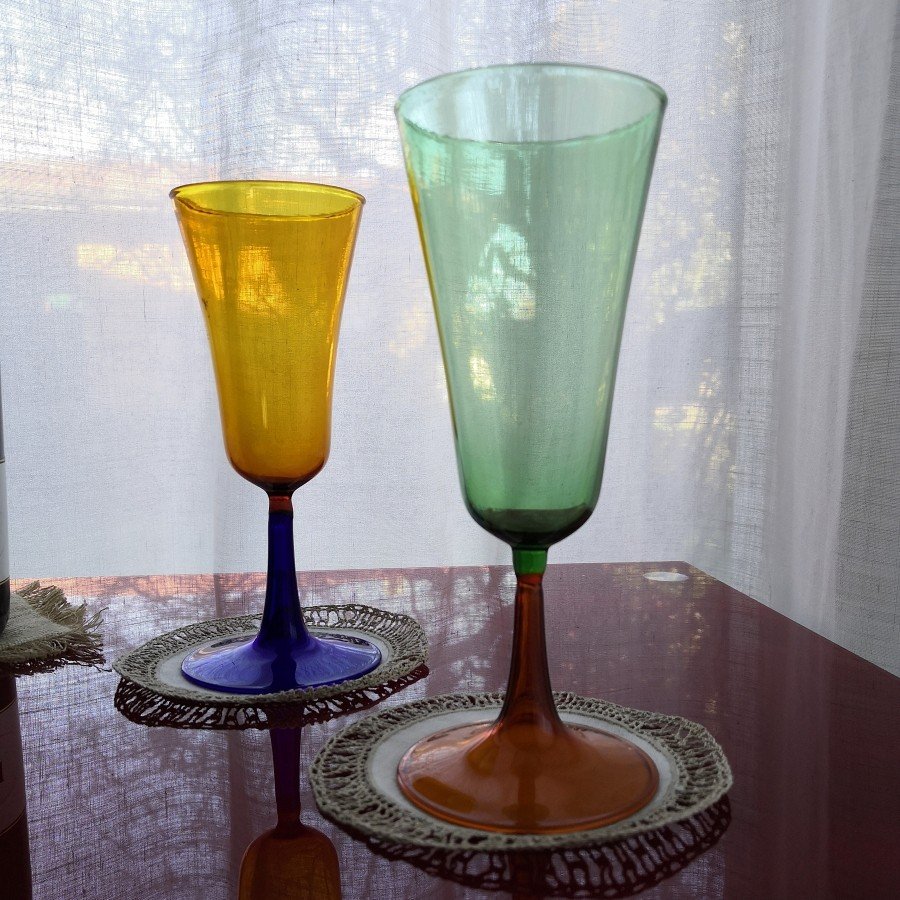







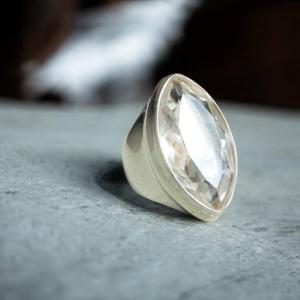















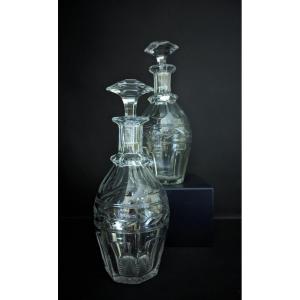





 Le Magazine de PROANTIC
Le Magazine de PROANTIC TRÉSORS Magazine
TRÉSORS Magazine Rivista Artiquariato
Rivista Artiquariato